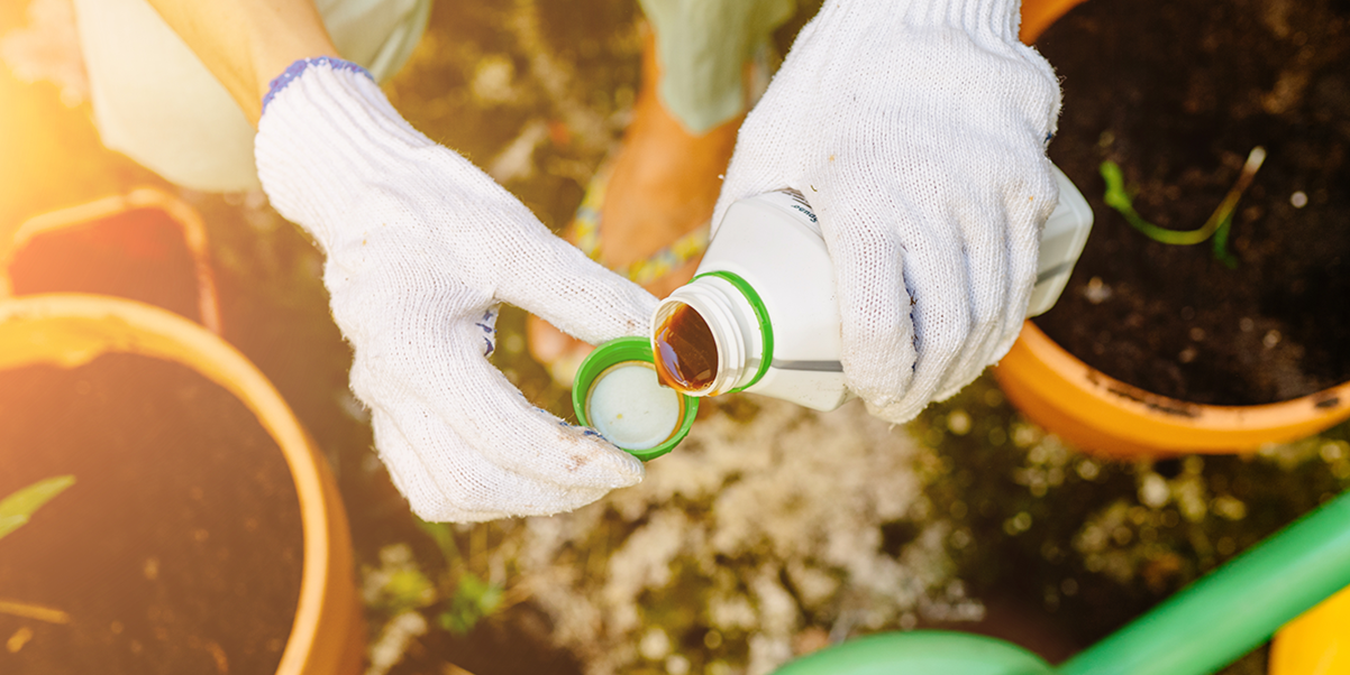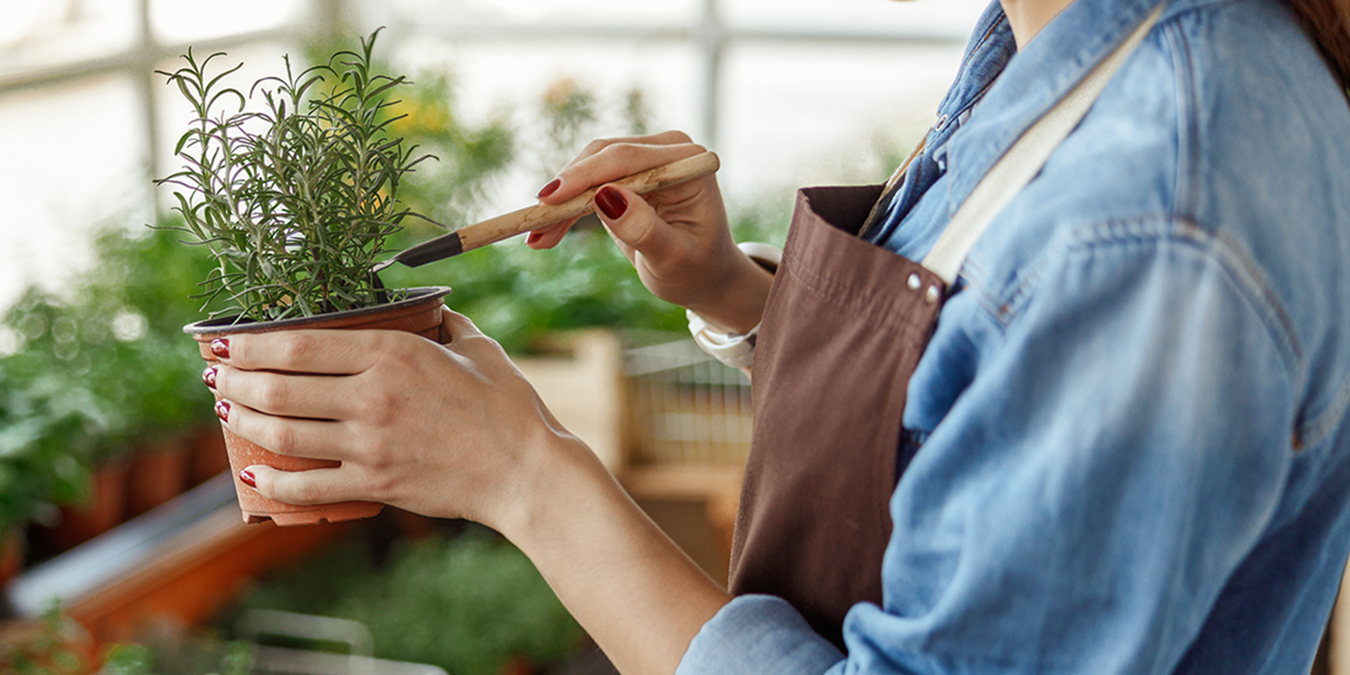Oops! I Did It Again: Common Gardening Mistakes

Gardening is a popular pastime that can provide many benefits: food for your table, a well-maintained yard, flowers for your house, and also offers many gardeners a deep sense of calm and relaxation. Unfortunately, there are also a lot of mistakes that can happen if you’re new to gardening, and those are anything but relaxing. In the interest of keeping your grow fun, here are some tips from our team!
Here are Five Gardening Mistakes to Avoid like the Plague:
1. Planting in the Wrong Location
When picking a location for a new garden, many people choose a spot before realizing– oh no, the hose is across the yard, or the sun only hits the garden for a couple of hours per day. When planting in-ground, it’s important to look for a space that has enough room for what you want to plant, is close to a water source, and gets at least 6 hours of sunlight. Anything else is really just up to you.
The nice thing is, you don’t have to commit to a location at all with container gardening! For small gardens, apartment patios, or condo decks, container gardens are easy for even new gardeners to navigate. When choosing a container, you should pick one that is big enough for the full-grown plant, has proper drainage and aeration, and is easy to move if needed (wouldn’t want to realize once it’s too late that the hose is out of reach, huh?). For a durable and light container with the option of easy-grab handles, check out the GeoPot fabric pot. Its non-woven material allows the soil to drain and aerate properly to ensure healthy plants and robust roots–and GeoPot makes your garden easy to move, too. It’s like putting your garden on wheels!
2. Planting at the Wrong Time
Whether you are growing from seeds or starts, placing plants in their final home needs to be done at the right time. You may find yourself tempted to start seeds well before your last frost date so they are nice and big before putting them in the ground, but this can stress your seedlings if they grow too big for their starter container. Stressed seedlings are dead seedlings, and NO ONE wants that. Just wait until the threat of frost has passed, and you and your little sprouts will be happier for it in the long run.
When planting starts, sticking them straight into the ground isn’t always the best option either. Take the time to harden them off with gradual daily exposure to outside weather so they aren’t shocked when they spend their first night outdoors. Baby steps, people.
It’s also important to make sure you are choosing plants that grow well in the current season—broccoli, for example, is a winter crop that quickly goes to flower in the summer and yields poor harvests if it’s too hot. Get the books out and make sure you’re growing plants at the right time and you’ll have a more successful harvest. Plus, switching plants seasonally lets you eat all kinds of veggies throughout the year! Yum!
3. Improper Watering
It’s hard to know when and how often to water. One of the most important rules: don’t water in full sun–OUCH! Instead, water early in the morning or later at night when the sun has gone down to avoid scorching your plants. Scorched plants not only look sad, but they often don’t produce well and can even die completely. Save the sizzling for your bacon.
It’s also a good idea to regularly check your soil to ensure your plants aren’t sitting in water for extended periods. This is a good way to know if you’re overwatering, which can lead to serious diseases like root rot. You’ll also be able to tell if you’re a cruel plant parent with dried-out plants due to underwatering. Who am I kidding? You’d never leave your plants unwatered on the hottest day of the year. Right? RIGHT?
Check out GeoPot fabric pots and GeoPlanter raised beds. We love these containers because their fabric is designed for easy drainage and proper root aeration, so you get the benefit of a container and a perfect soil water level–no crispiness, no rot.
4. Putting off Soil Maintenance
If you never feed your soil, your plants will run out of the good stuff they need to grow. Makes sense, right? It’s important to fertilize regularly to maintain soil nutrients and help your plants grow big and strong and produce good yields. In fact, some serious gardeners work bone meal and blood meal into their soil for different levels of nitrogen, calcium, and phosphorous. However, getting this right can be tricky (and a little icky if you’re squeamish). Geoflora offers a simple top-dress fertilizer that feeds your plants the right nutrients when they need them. With 19 incredible sources of fast and slow-release nutrients and options for both the vegetative and flowering stages, Geoflora VEG and Geoflora BLOOM make feeding your grow quick and simple. Aaaaah.
5. Holding off on Harvesting
Many gardeners aren’t sure when they should harvest their plants, but if you’re growing vegetables and herbs, frequent staggered harvests are helpful to keep your plants healthy and producing well. Plants that aren’t harvested often are less likely to make new fruits, and the overripe produce that’s left on the vine can quickly rot and attract pests that can hurt the overall health of your plant. Gross.
You kept your seed packets, right? They’ll tell you the right harvesting times for your plants so you’ll know when you can start enjoying the results of all your hard work. Another excellent trick is to stagger the planting of starts so you aren’t clearing out your entire garden at once. Staggered harvests mean your plants are always producing, and your pantry is never empty! We love ever-filling pantries, don’t you?
It’s Time to GROW
Keeping a garden in tip-top shape can be a lot of work, but we’ve got your back. GardenTap is here to help you with curated products based on How You Grow, experts on hand to give you recommendations when you need them, and even garden tips to help you avoid these common mistakes. Let’s get growing!






